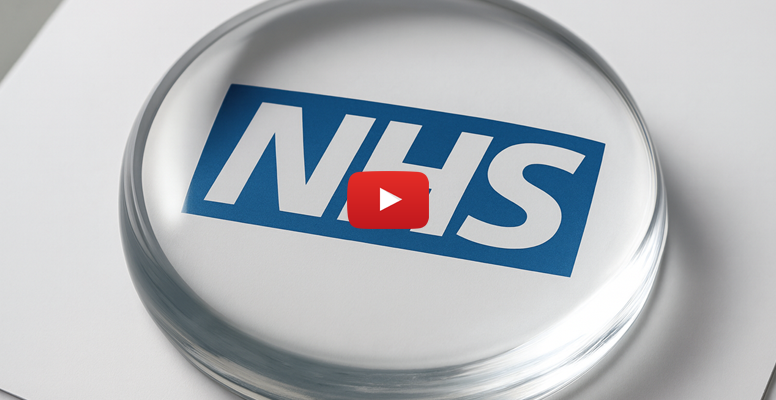1st October 2025
Digitalisation unlocks billions trapped in paper to improve patient outcomes
Derek Wise, chief technology and product officer, Civica
Nearly a quarter of a billion pounds is spent by the NHS every year on storing, retrieving and handling paper patient records.
£175 million goes to on-site storage. But that still doesn’t cover it, so a further £60 million is spent on outsourced storage as well 1.
Imagine if we removed this heavy paper weight so that the NHS didn’t need to continue printing documents. It wouldn’t be long before we were talking about billion-pound savings.
Even just removing the £60 million of outsourced costs could fund bursaries for over 2,000 new nurses, or it could pay for 120 new fully equipped ambulances.
A 1990s problem with a 2025 solution
Optical character recognition, document scanning technology, cloud storage solutions are all technologies available now, and they are all eminently cheaper.
Yet, if you walk into any NHS hospital, you’ll likely still see trolleys stacked high with folders, paper charts clipped to beds, and letters piling up on desks.
Even where digital systems exist, paper often lingers.
A 2023 BMJ survey 2 found three-quarters of NHS trusts still rely on paper patient notes and drug charts. About 71% use a hybrid of paper and electronic records; only a quarter are fully electronic.
Paper slows down patient care
The processes, people and workflows that are required to manage all of this paper are astonishing.
Staff waste precious hours tracking down missing files. Notes go astray between wards. Vital information gets trapped on paper islands that aren’t visible to the wider care team.
Paper actively slows down the delivery of care.
When information is locked in paper folders, it can’t be instantly shared between departments or organisations. Tests and treatments become duplicated when past results can’t be accessed quickly. Clinicians lose visibility on patient history.
There’s also the safety risk. Paper drug charts can be misread or misplaced. Critical alerts about allergies or test results can be overlooked.
In an age of AI, robotic surgery and digital health apps, it’s hard to believe just how many fundamental NHS infrastructures are still dependent on paper.
Why hasn’t paper disappeared already?
Part of the answer is historical. Paper is deeply ingrained in NHS culture and workflows. Many processes were designed around paper decades ago, and old habits die hard.
Then there’s the challenge of interoperability. The NHS is a patchwork of systems and suppliers. If digital systems can’t talk to each other, staff often revert to paper to bridge the gaps.
And of course, cost is a factor. Deploying Electronic Patient Records (EPRs), migrating data and training staff requires upfront investment. For cash-strapped trusts, it can seem easier to keep limping along with paper — even though it costs more in the long run.
Digitisation is the bridge to a paperless NHS
Because of these challenges, it has been difficult to fix a date when we can confidently say that the NHS will be paperless.
The continued development of the NHS App is seeing more and more patient communications become electronic, and we are gradually joining up prescription services too. This is all encouraging, but while the paper problem persists, wider innovation is being held back.
Document scanning and digitisation provide a practical bridge. By converting paper archives and live patient records into accessible digital formats, NHS organisations can unlock the value of their data while phasing out paper safely.
It can be done incrementally too – starting with the heaviest paper users such as outpatients, maternity or theatres before working to fully embed a paper free culture across the NHS.
It’s time to turn the page on this paper addiction.
You may also be interested in

Kodak Alaris Report: Future of UK Healthcare & Current Trends
The government’s ambition for electronic patient records by 2026 is bold, but many NHS organisations remain behind on digital readiness. This white paper from Kodak Alaris explores the reality of digital maturity across the NHS and social care.

Civica powers digital transformation at Guy’s and St Thomas’ NHS
Rising costs and 40 siloed systems slowed patient care. One solution changed everything.

Civica Document Management
Providing clinicians with precise insight into patient care by putting all the information they need at their fingertips in a single electronic patient record. Helping deliver a paperless NHS strategy, it reduces document storage and paper-handling costs too.
